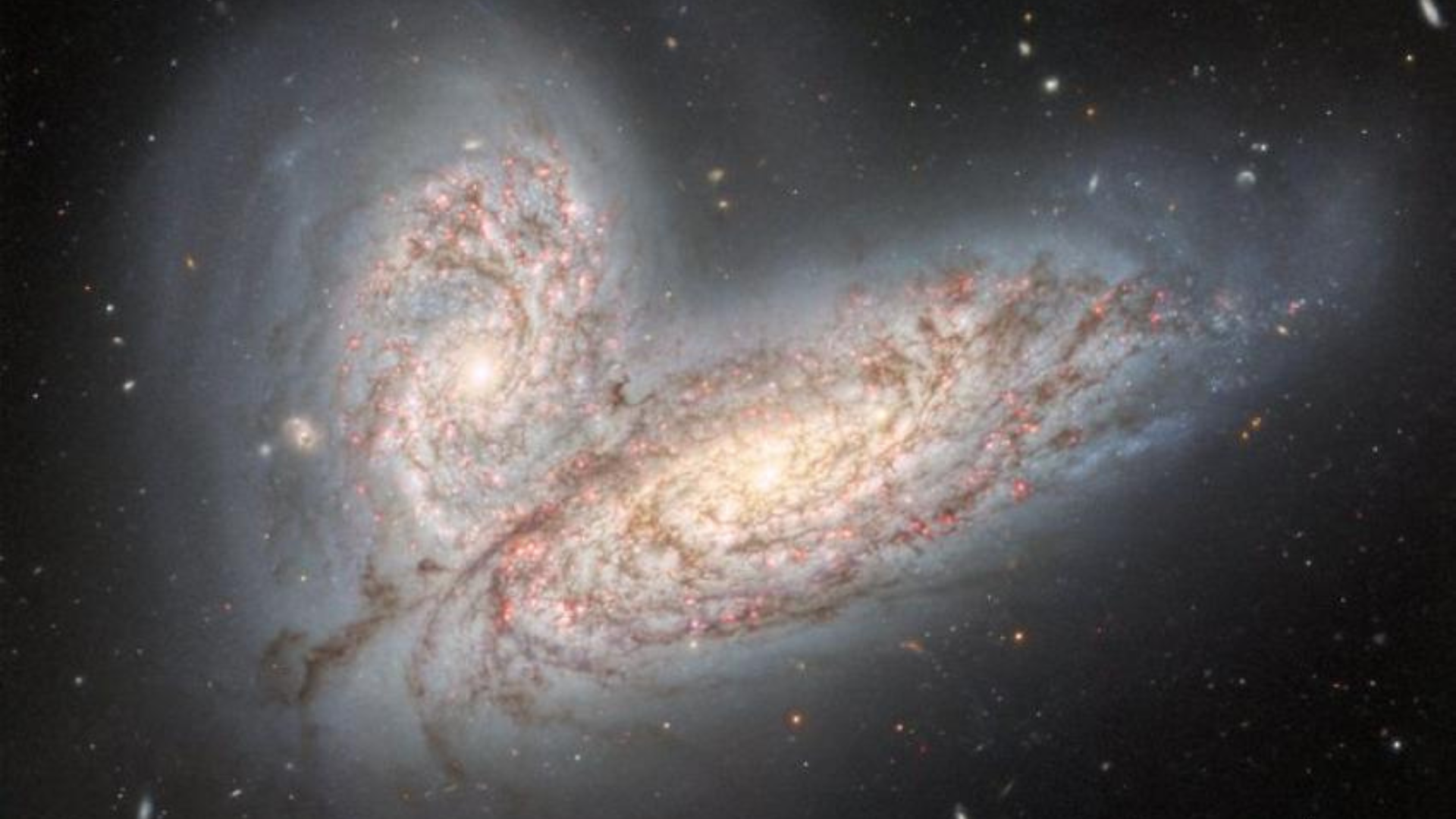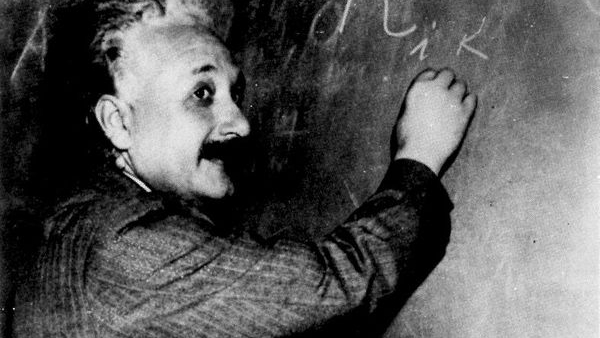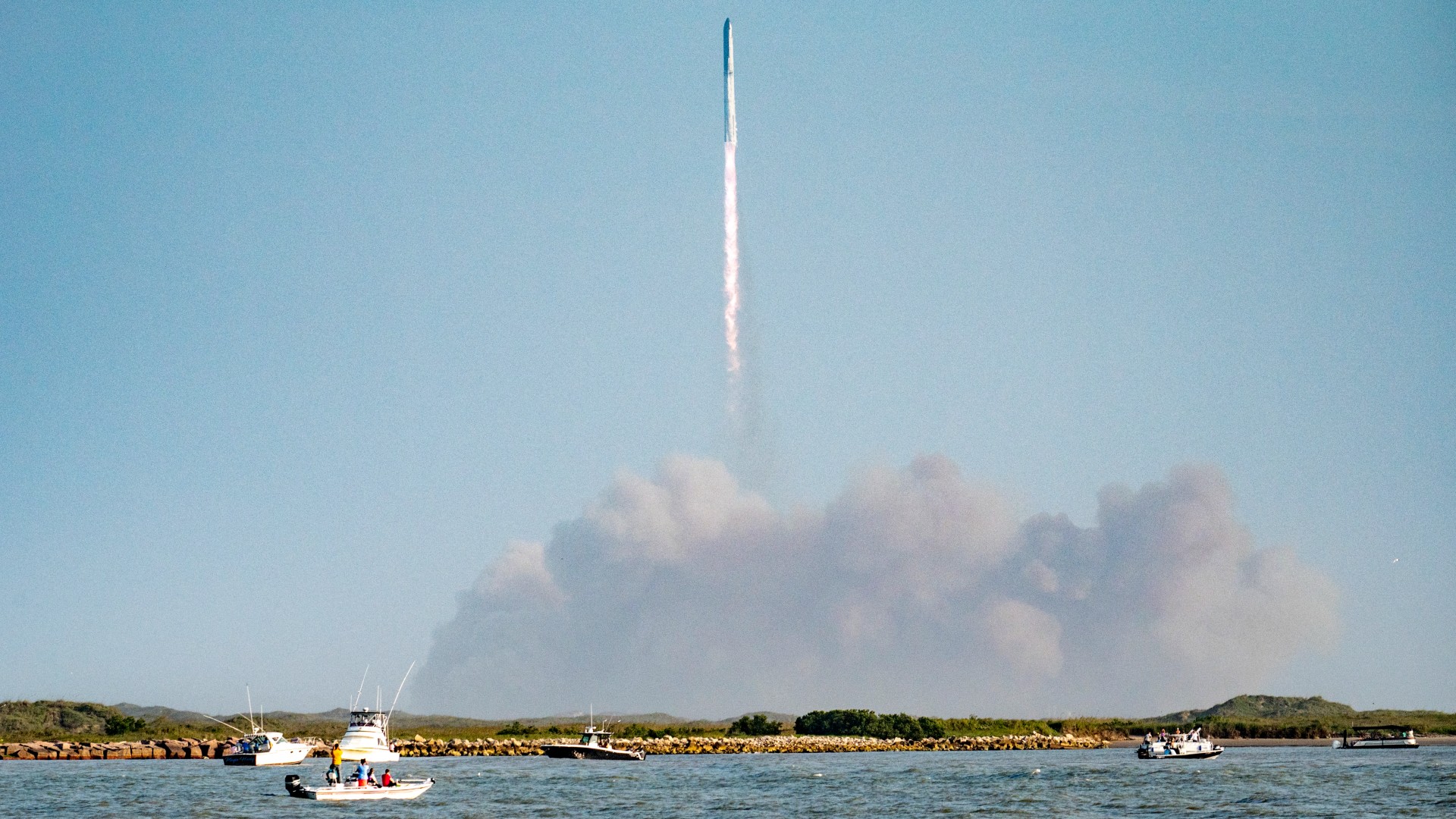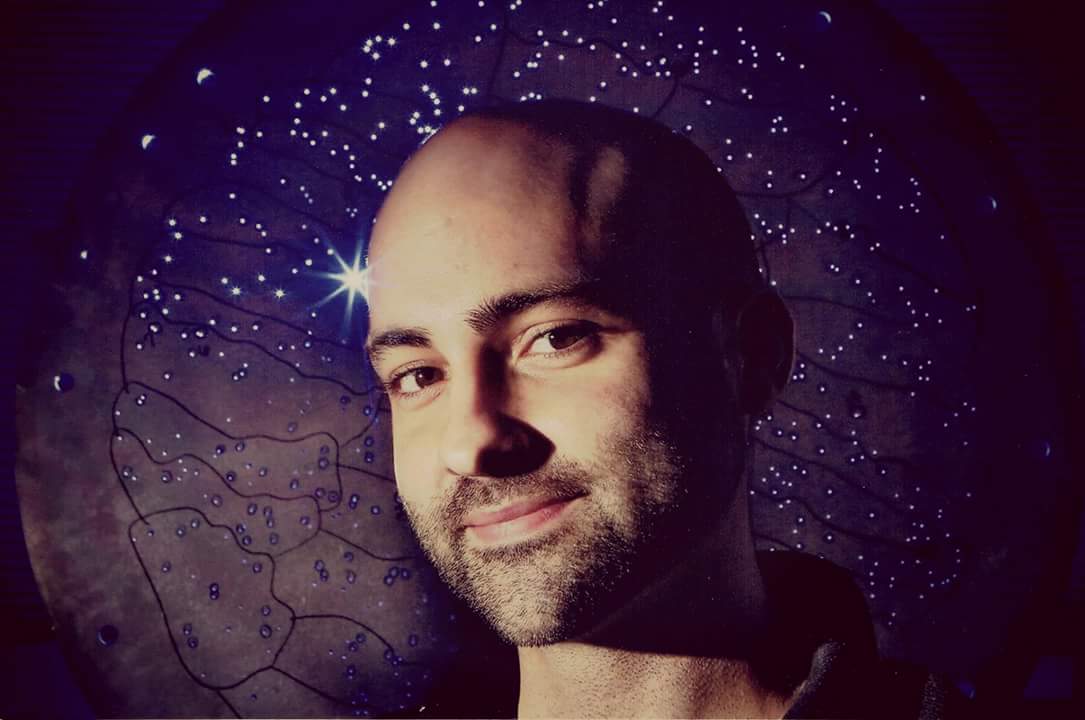
Paul Sutter
Paul M. Sutter is an astrophysicist at SUNY Stony Brook and the Flatiron Institute in New York City. Paul received his PhD in Physics from the University of Illinois at Urbana-Champaign in 2011, and spent three years at the Paris Institute of Astrophysics, followed by a research fellowship in Trieste, Italy, His research focuses on many diverse topics, from the emptiest regions of the universe to the earliest moments of the Big Bang to the hunt for the first stars. As an "Agent to the Stars," Paul has passionately engaged the public in science outreach for several years. He is the host of the popular "Ask a Spaceman!" podcast, author of "Your Place in the Universe" and "How to Die in Space" and he frequently appears on TV — including on The Weather Channel, for which he serves as Official Space Specialist.
Latest articles by Paul Sutter
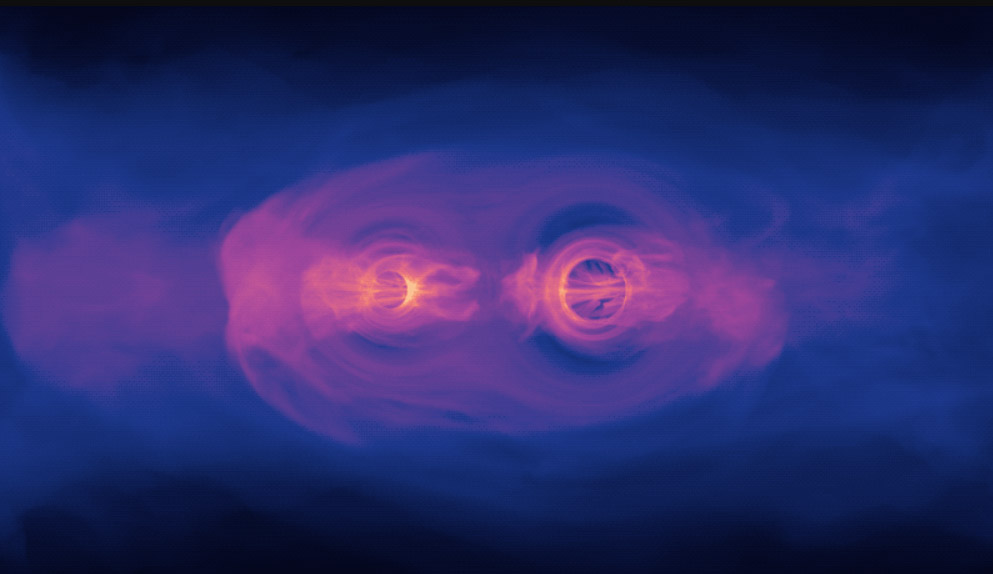
'Impossible' black holes discovered by the James Webb Space Telescope may finally have an explanation
By Paul Sutter published
Peculiar James Webb Space Telescope observations seem to show gargantuan black holes in the earliest moments of the universe. New research may explain how they formed, thanks to primordial "seeds".
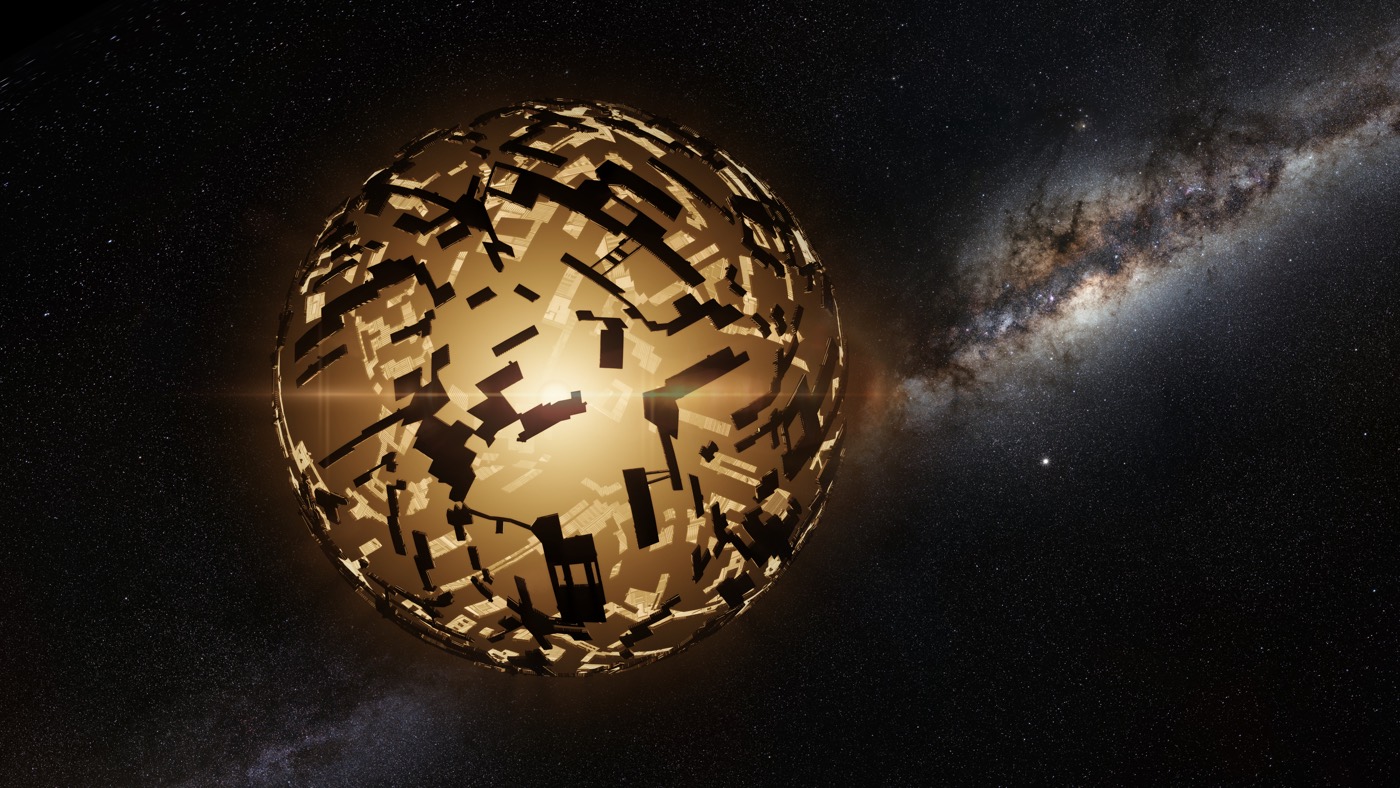
The fastest-moving stars in the galaxy may be piloted by intelligent aliens, new paper suggests
By Paul Sutter published
To explore the galaxy and hunt for resources, intelligent aliens might need to turn their home stars into natural spaceships, a new paper suggests. A few known star systems might fit the bill.
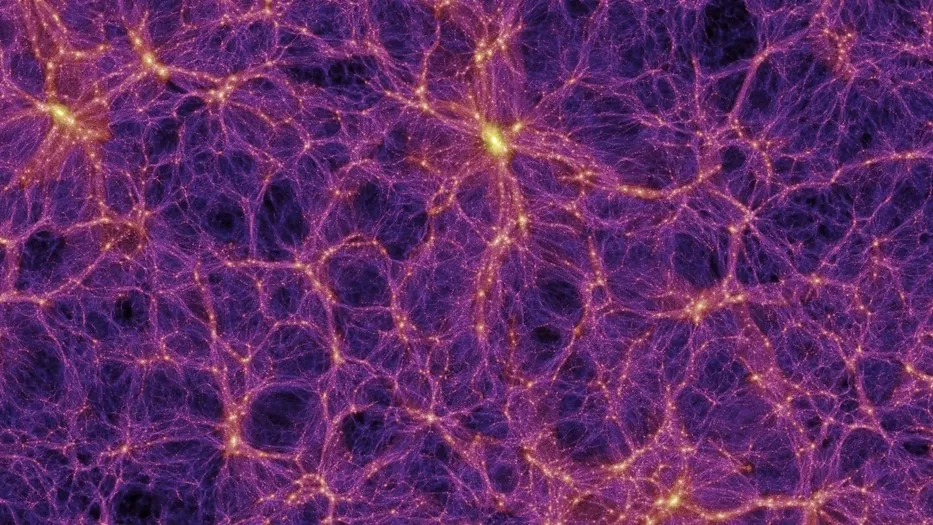
'Superhighways' connecting the cosmic web could unlock secrets about dark matter
By Paul Sutter published
Giant filaments crisscross the universe, connecting galaxy clusters like superhighways between cities. But due to their complex shapes, they are stubbornly difficult to measure.
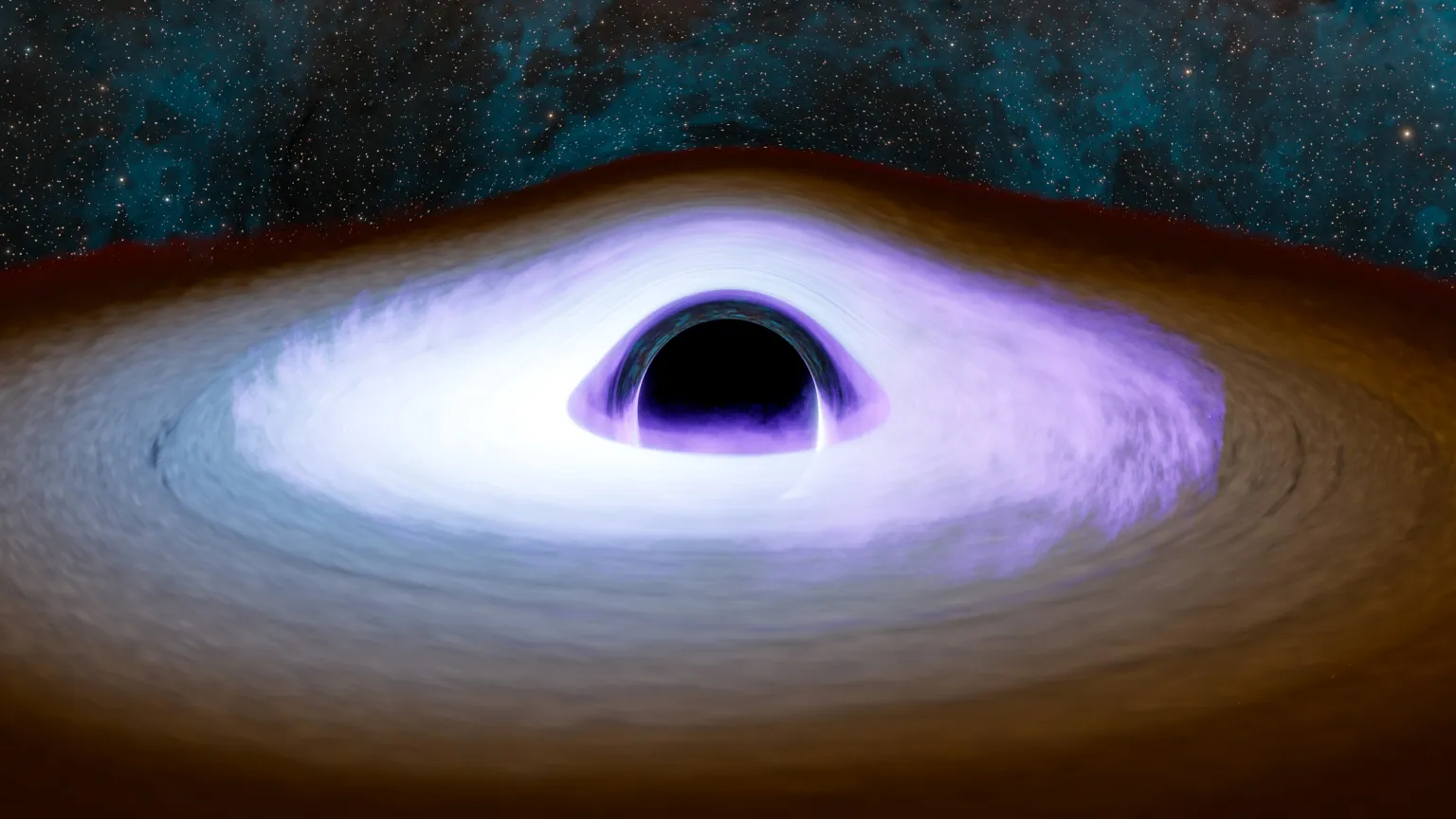
Dark matter might make space-time ring like a bell around black holes — and we might be able to 'hear' it
By Paul Sutter published
To explain why dark matter particles haven't come up in any direct detection experiments, physicists have wondered if it may be a kind of particle known as an axion.
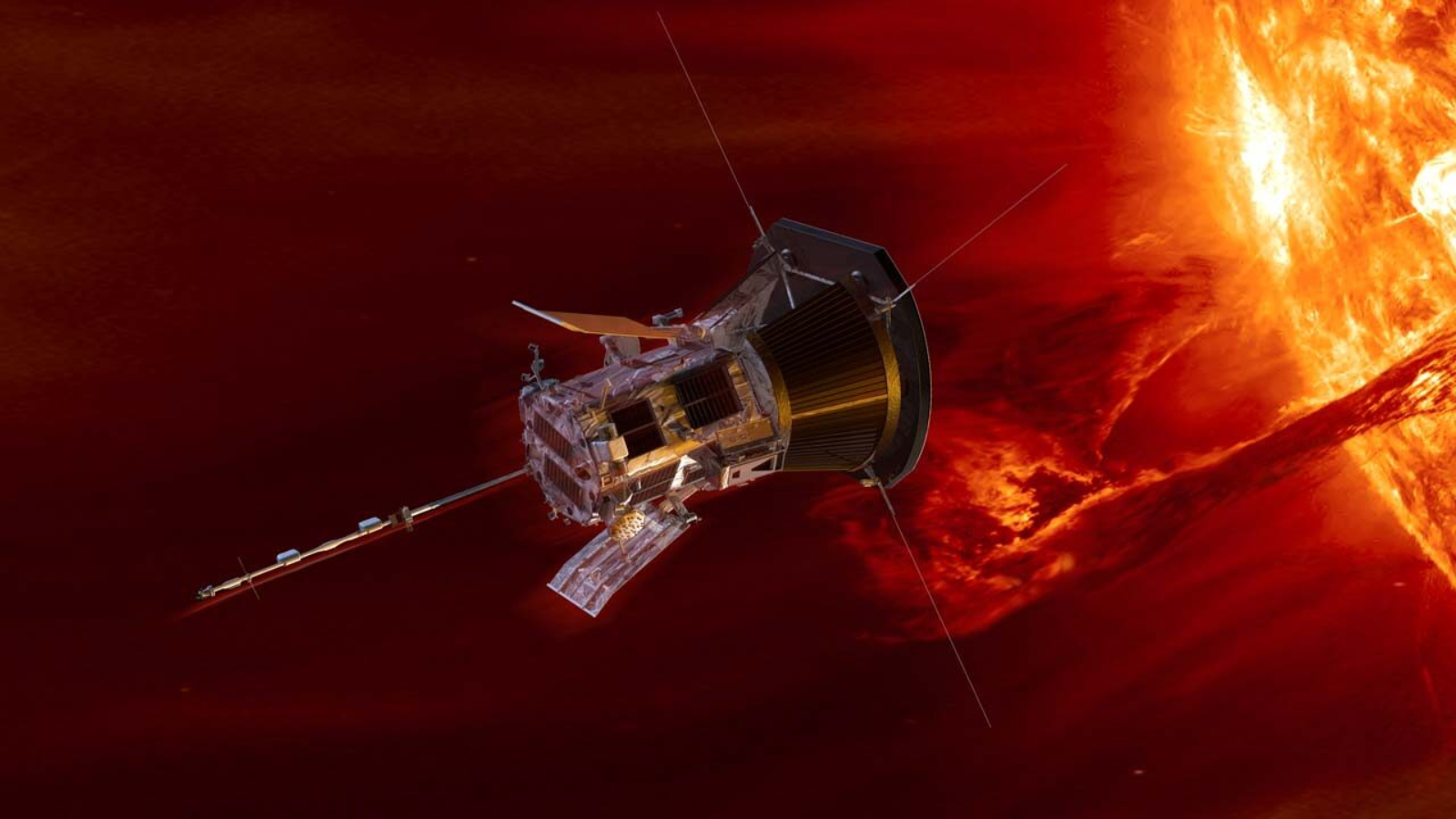
NASA's Parker Solar Probe is solving long-standing mysteries about the sun. Here's what we've learned so far.
By Paul Sutter published
The goal of the Parker Solar Probe mission is to investigate the mysteries of the sun's corona, its outer atmosphere. What has it learned so far?
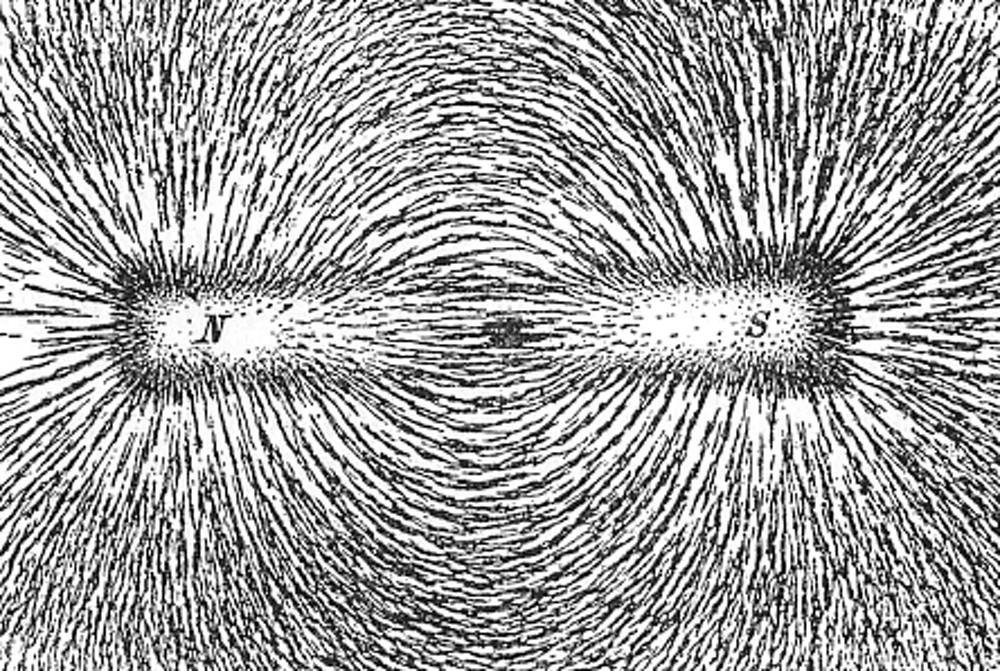
Where did the universe's magnetic fields come from?
By Paul Sutter published
Magnetic fields are everywhere in the universe. But where do they come from?
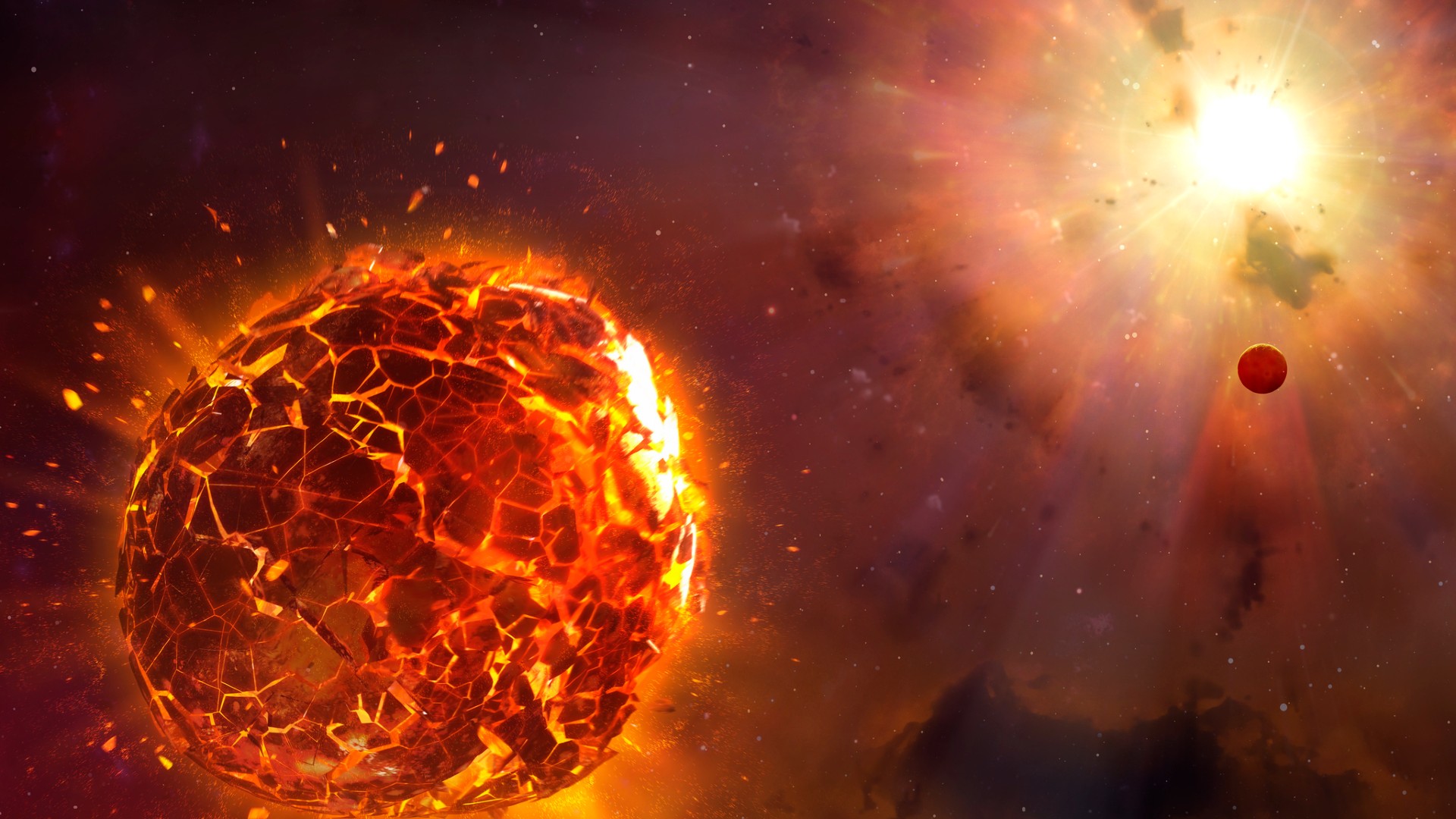
Could a supernova ever destroy Earth?
By Paul Sutter published
When stars explode as supernovas, they can cause serious cosmic carnage. Is Earth in any danger from any nearby stars?
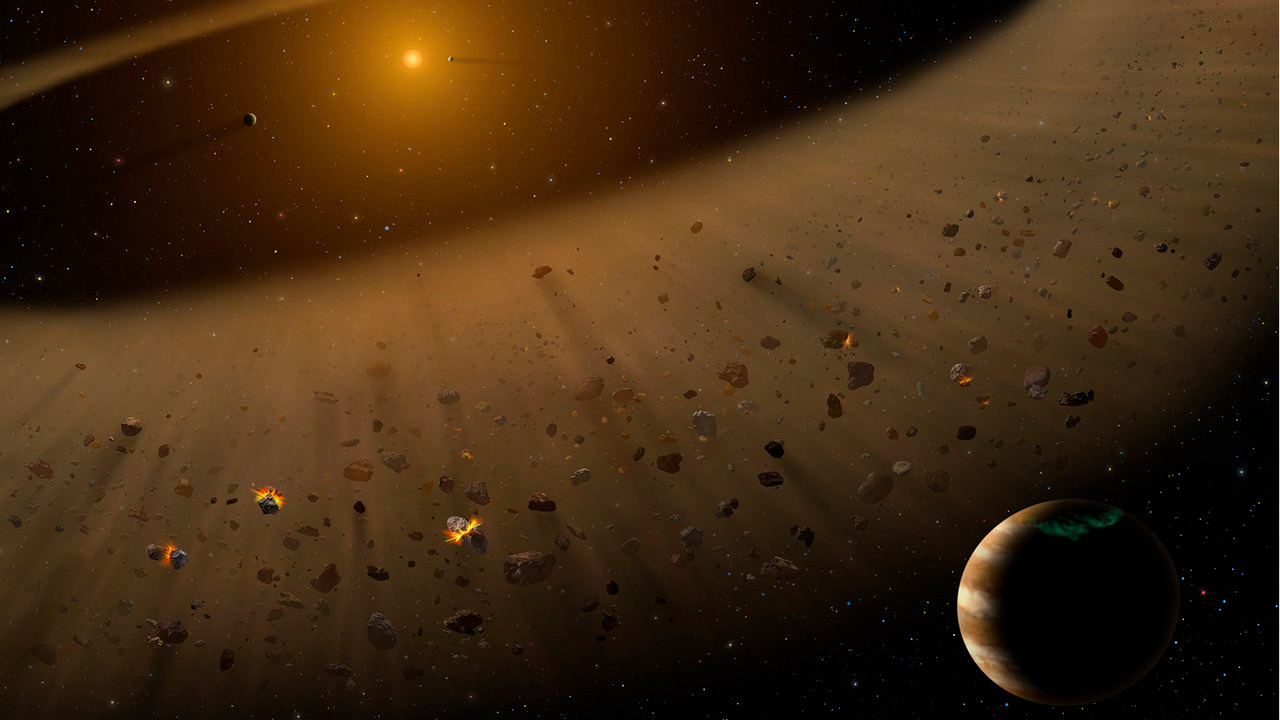
Does alien life need a planet to survive? Scientists propose intriguing possibility
By Paul Sutter published
While such organisms may or may not exist in the universe, the research has important implications for future human endeavors in space.
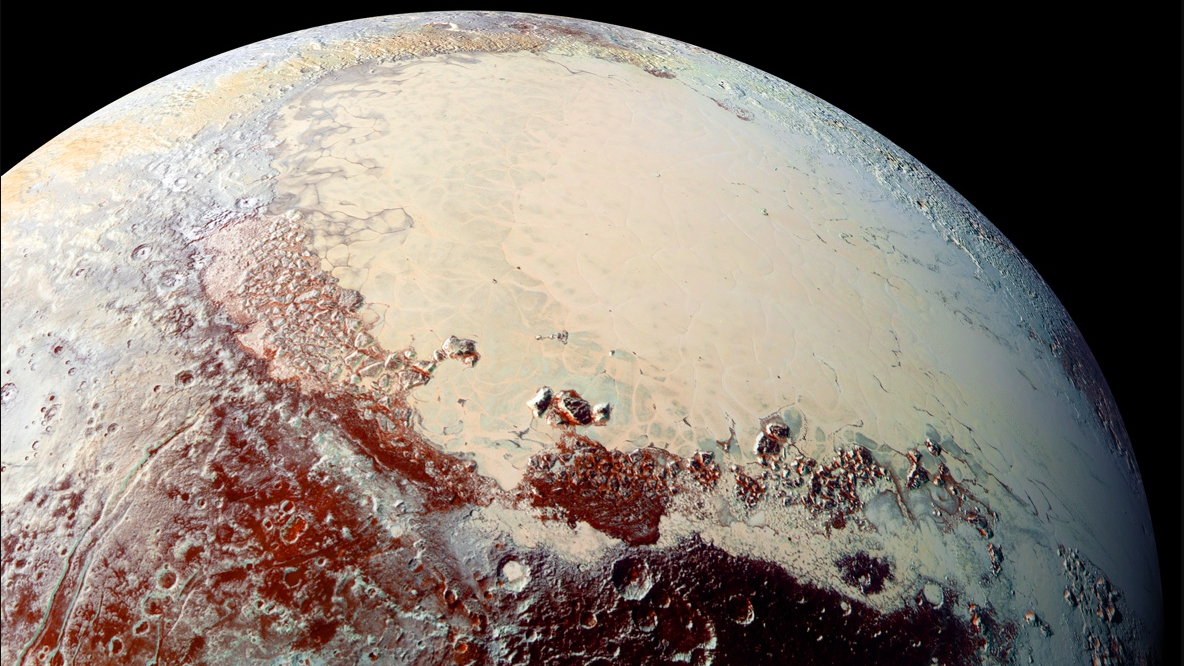
The Pluto problem: Is it time to rethink our definition of a planet?
By Paul Sutter published
In 2006, the International Astronomical Union (IAU) famously demoted Pluto to a dwarf planet. Things have been a bit of a mess since then — so is it time to redefine the planet?
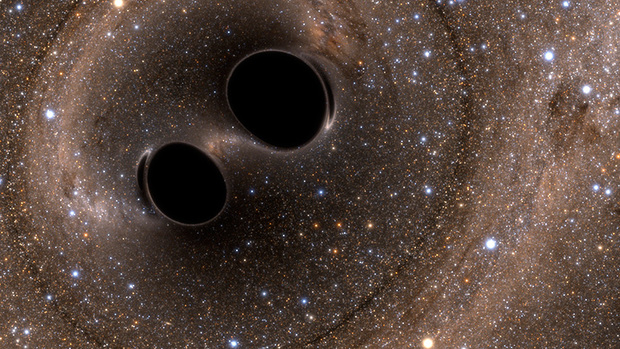
What happens when black holes merge?
By Paul Sutter published
Space mysteries Black hole mergers are beautiful — and some of the most violent events in the cosmos. Here's how the process unfolds.
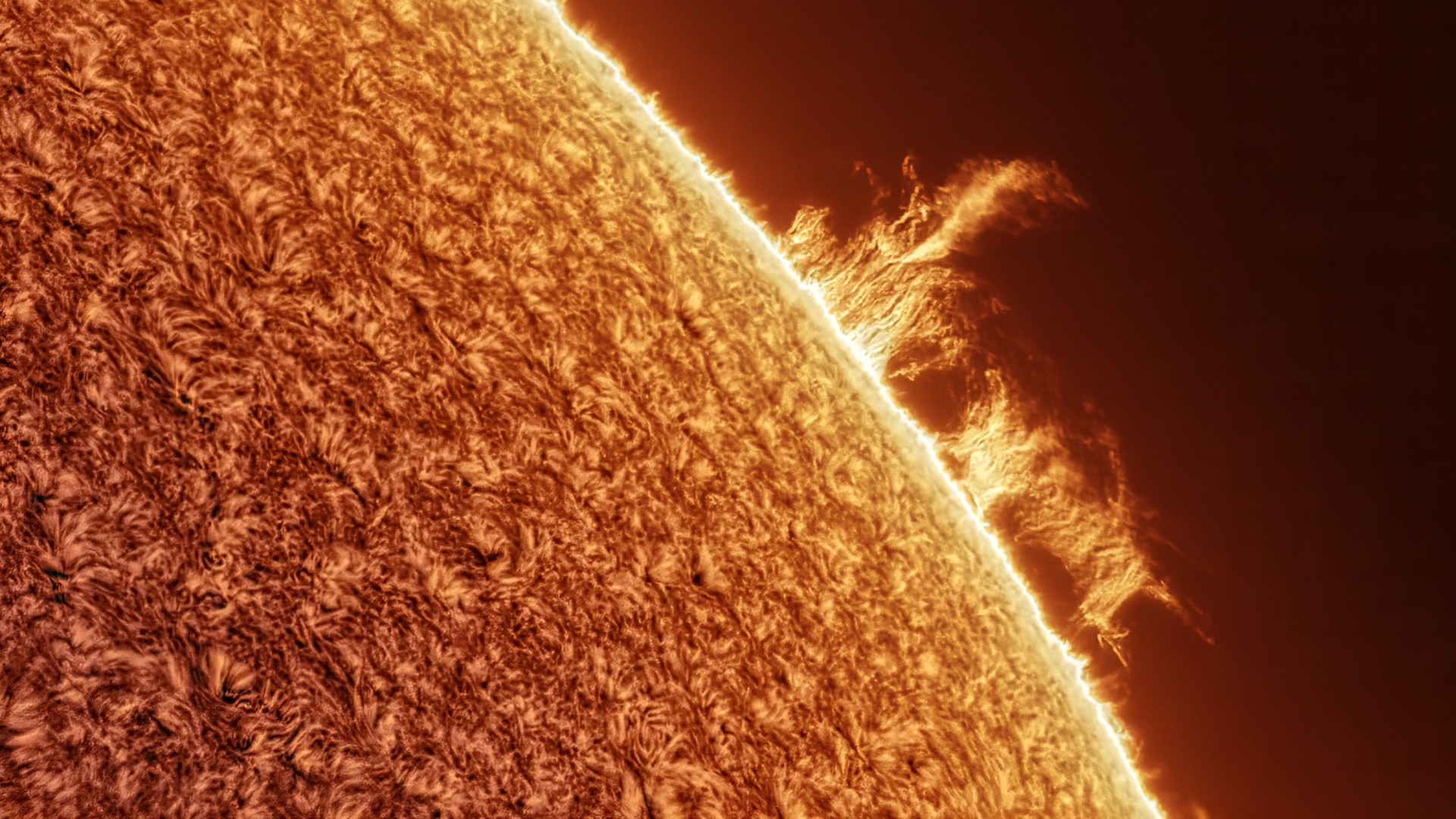
Could we turn the sun into a gigantic telescope?
By Paul Sutter published
Using a phenomenon known as gravitational lensing, it might be possible to use the sun as a gigantic telescope to peer deep into space.
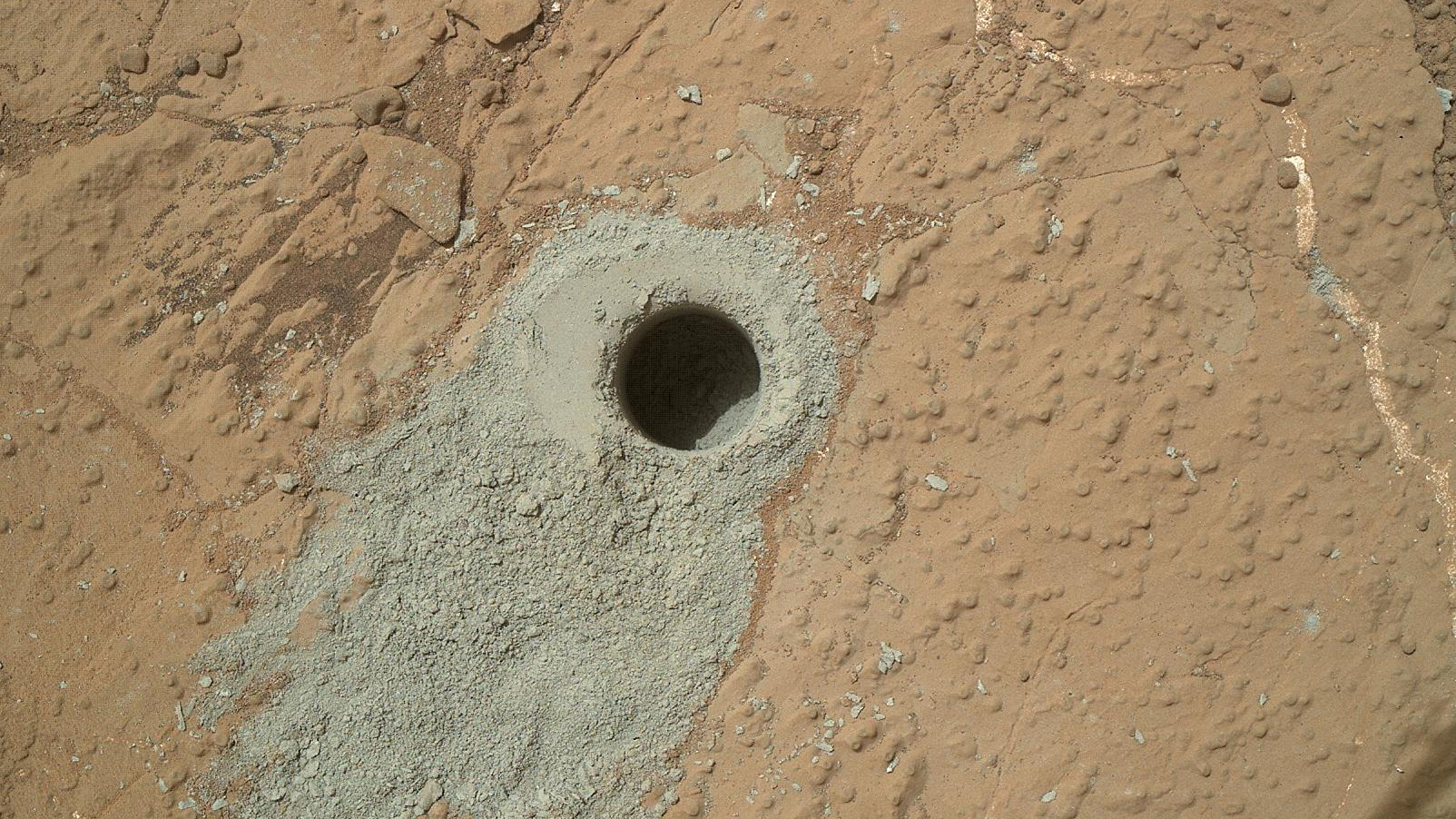
What's behind the Martian methane mystery?
By Paul Sutter published
The cause of mysterious methane spikes on Mars may be a strange form of alien life — or it may just be interesting chemistry. Either way, something odd is happening on the Red Planet.
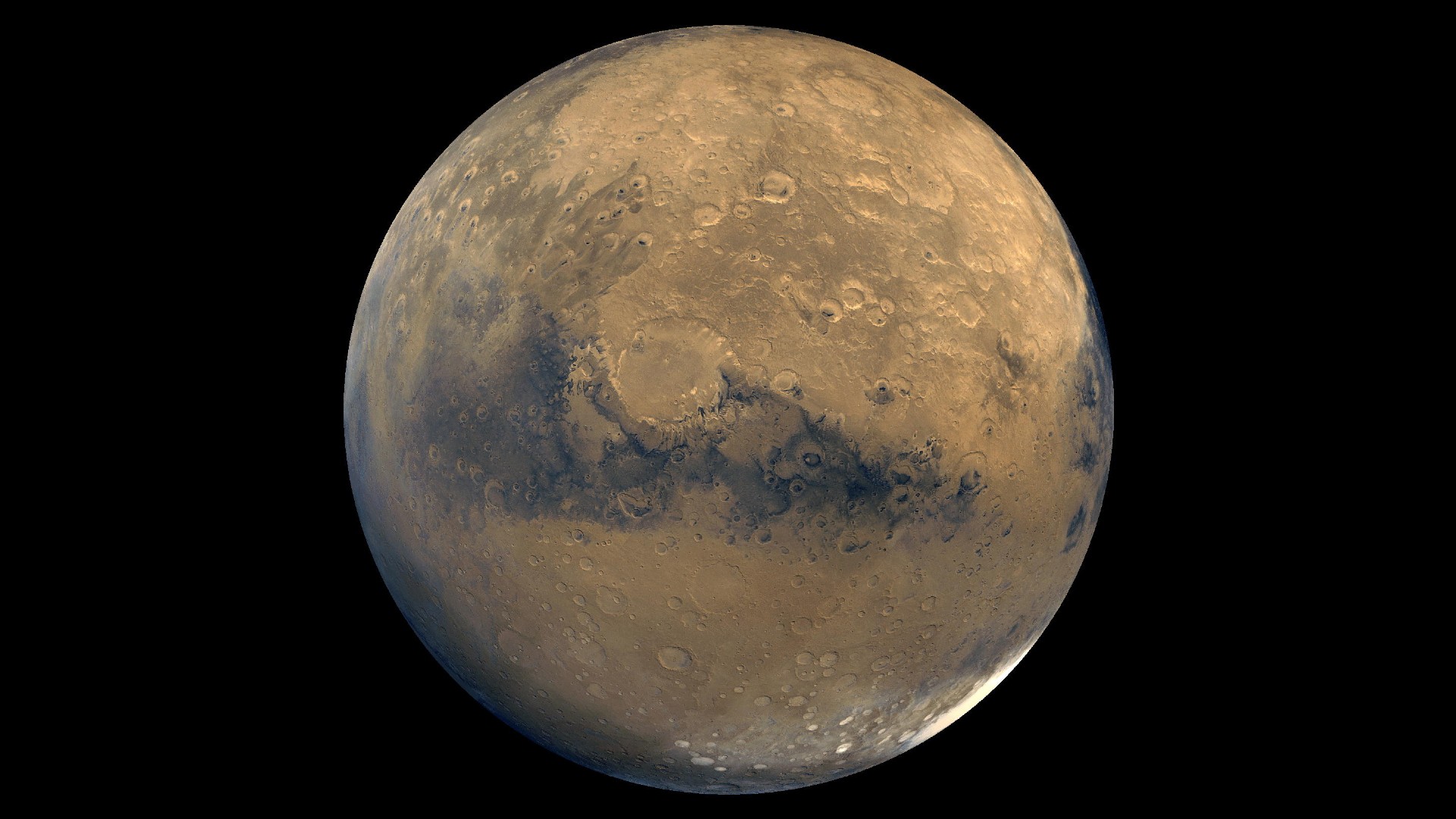
A long-lost moon could explain Mars' weird shape and extreme terrain
By Paul Sutter published
A long-lost moon could explain why Mars is so different from the other rocky planets in the solar system.
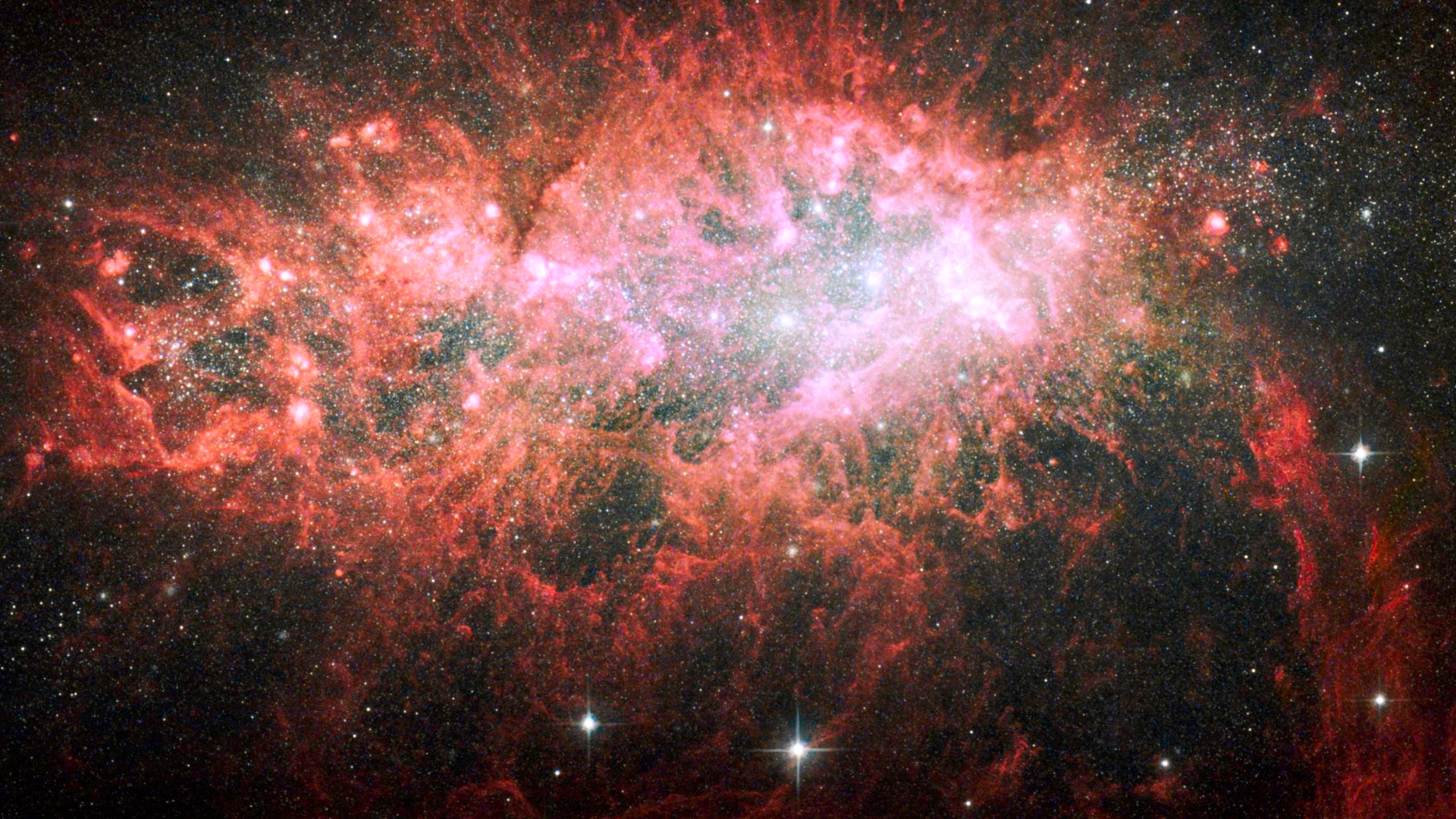
Supercharged 'cocoon of energy' may power the brightest supernovas in the universe
By Paul Sutter published
Every so often, astronomers detect a supernova explosion that's 100 times brighter than it should be. A new paper may reveal the strange source of these "superluminous" supernovas.
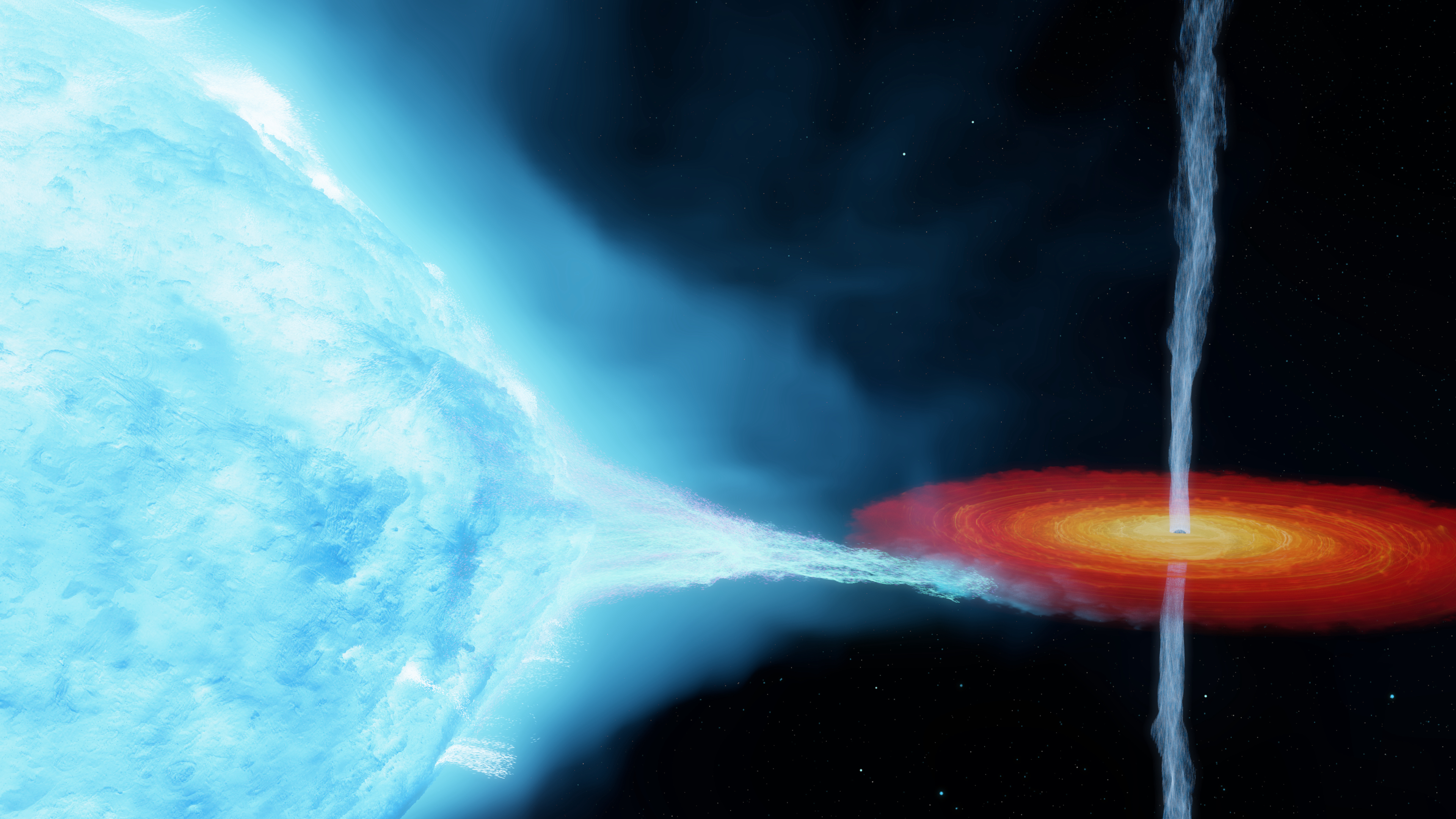
Some black holes have a 'heartbeat' — and astronomers may finally know why
By Paul Sutter published
A tiny fraction of known black holes emit X-ray signals that resemble a human "heartbeat." Now, new research may finally explain the strange phenomenon.
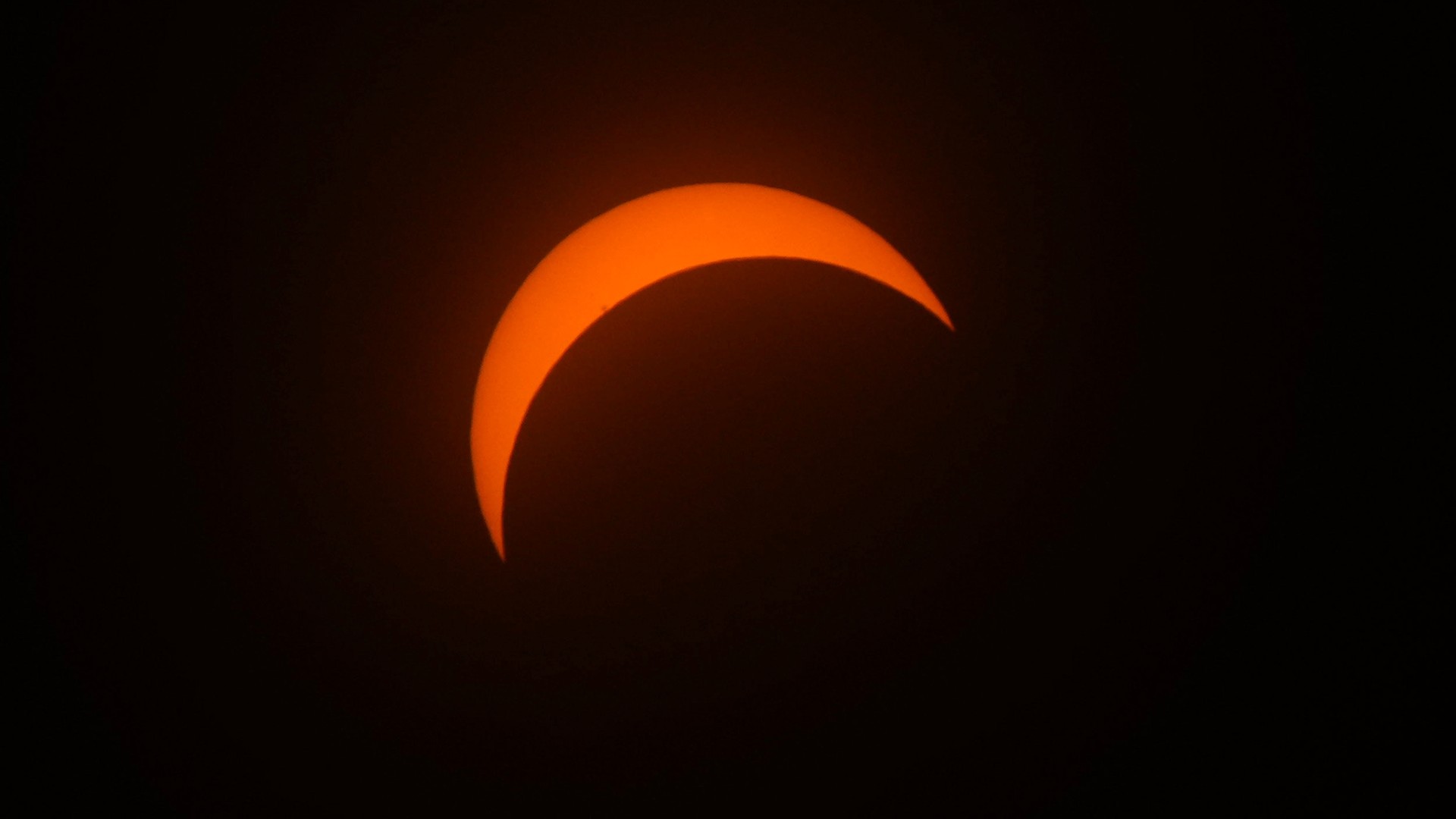
Astronomers discover oldest known eclipse reference in 6,000-year-old Hindu text
By Paul Sutter published
Astronomers combed through an ancient Hindu text and discovered that it referenced a total solar eclipse that occurred roughly 6,000 years ago, making it the oldest known mention of an eclipse.
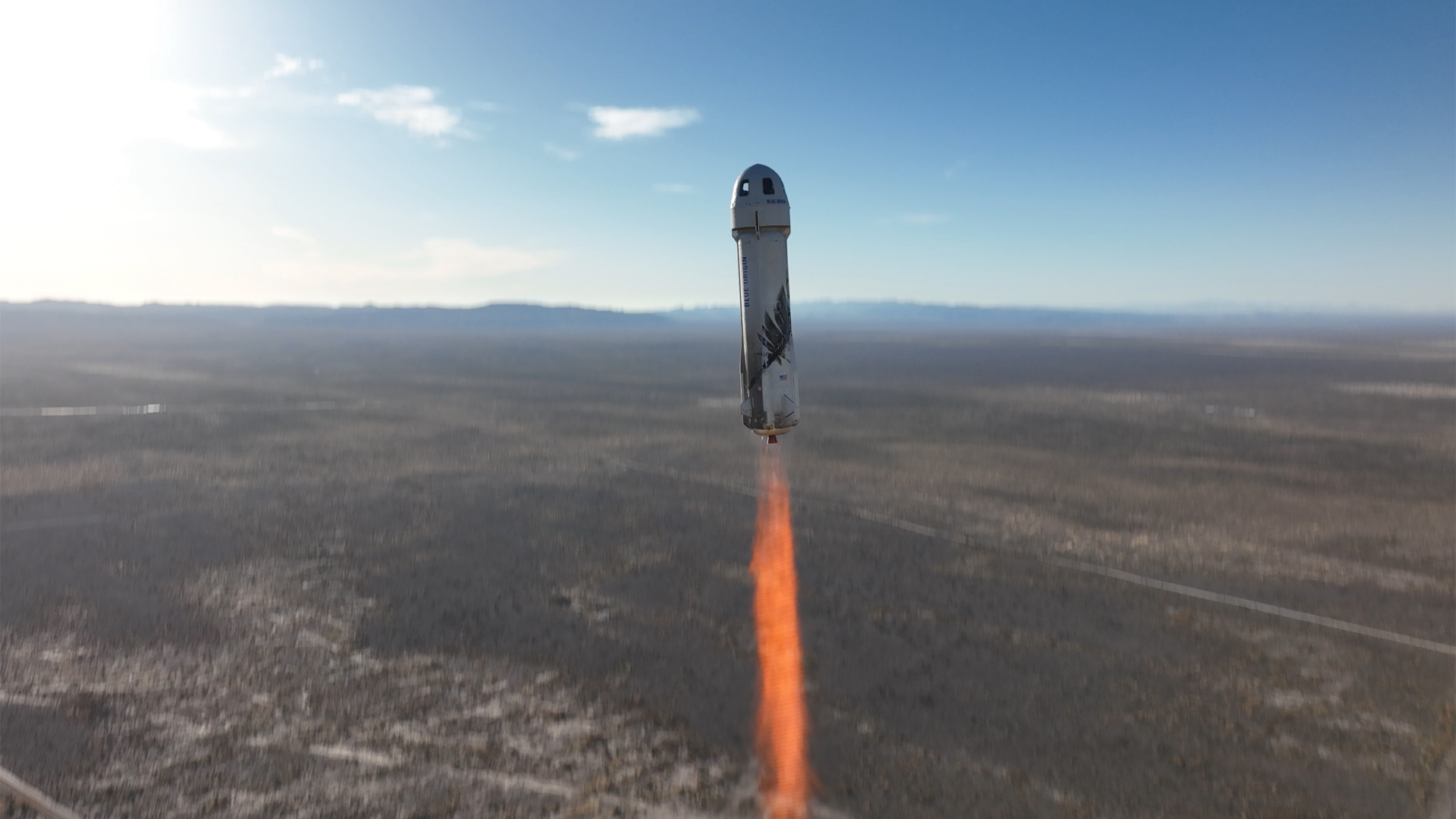
Space tourism: What are the pros and cons?
By Paul Sutter published
Space tourism is controversial, and there are a multitude of reasons why.
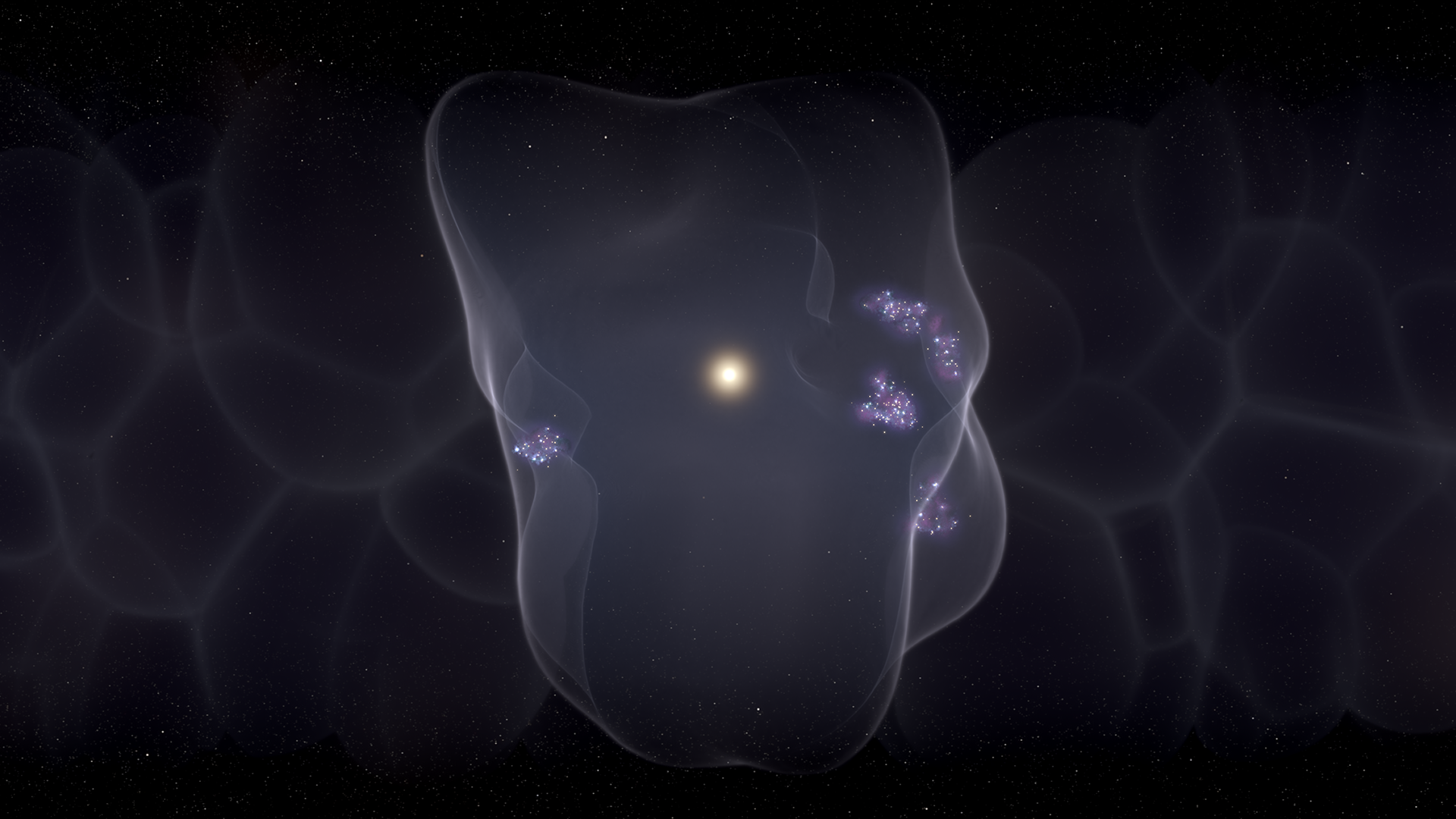
The Local Bubble: How our solar system got caught up in a cosmic crime scene
By Paul Sutter published
Reference The Local Bubble is a region of surprisingly low-density gas that surrounds our solar system and other nearby regions of our galaxy — and it has a violent history.
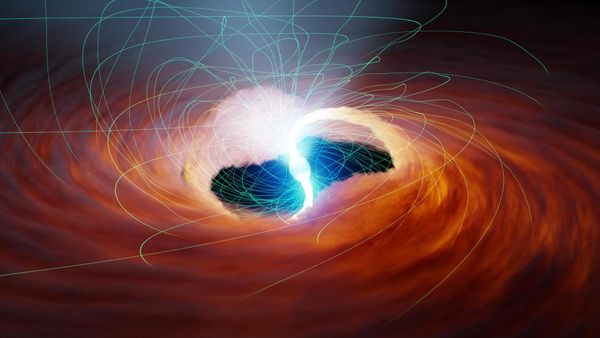
Dead stars sometimes shine again — and gravity itself may be responsible
By Paul Sutter published
Do dead stars glow? A strange gravitational phenomenon could be generating enormous amounts of light around neutron stars, new research suggests.
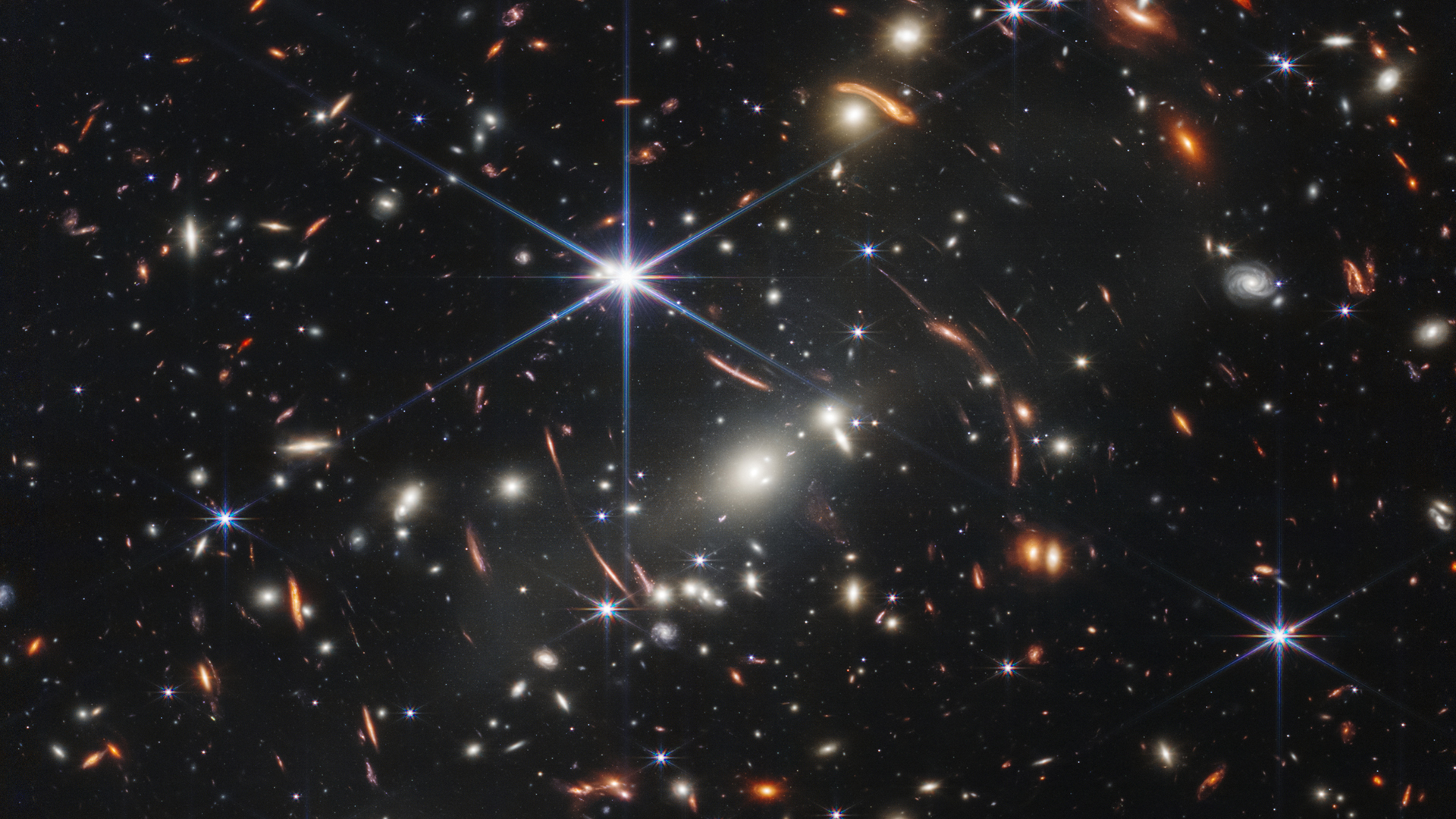
Is the James Webb Space Telescope really 'breaking' cosmology?
By Paul Sutter published
While headlines around the world claimed that these galaxies were "breaking" our understanding of the Big Bang, the truth is much more nuanced — and much more interesting.
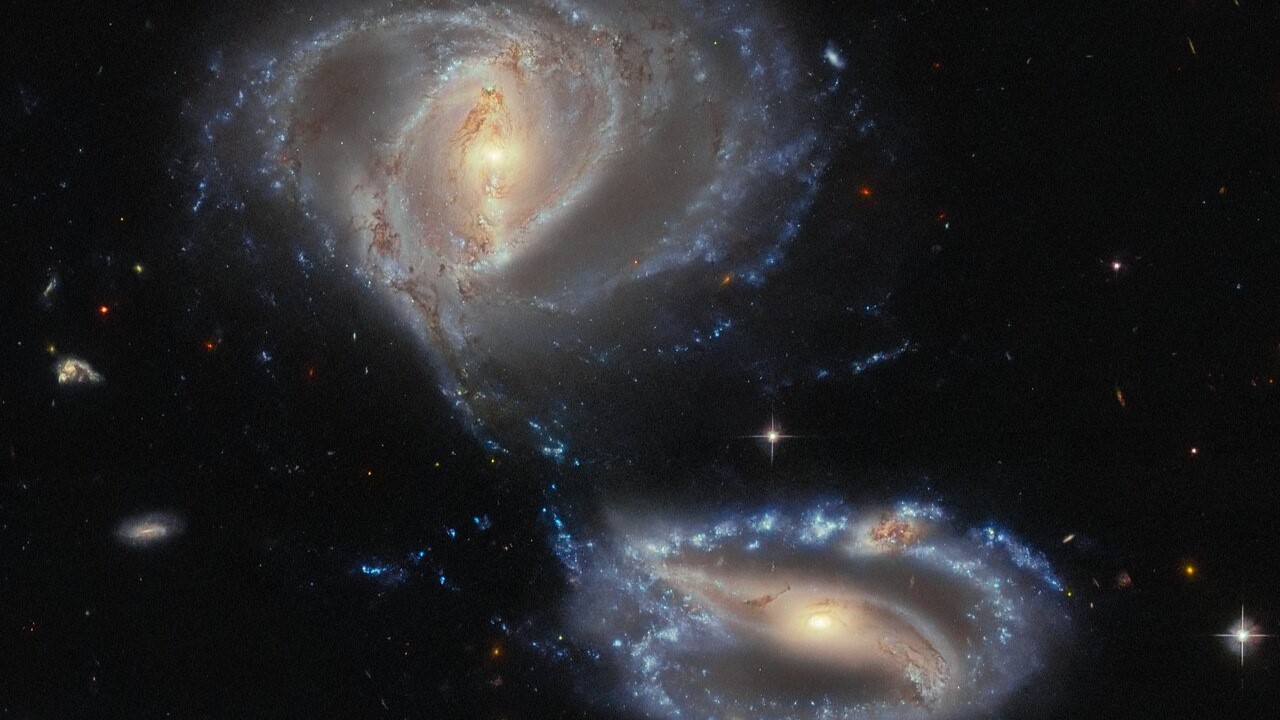
Is the universe still making new galaxies?
By Paul Sutter published
It's a fun question to tackle because it lets us dig into the messy, complicated, beautiful process of galaxy formation.
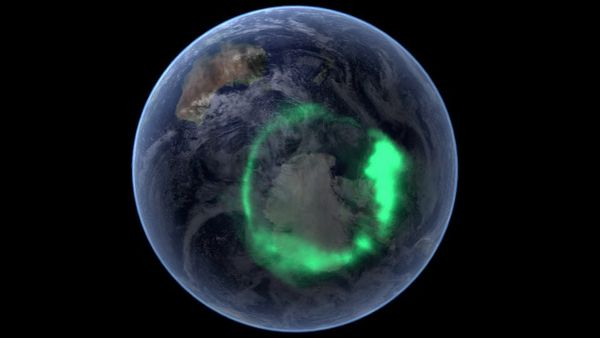
Earth's upper atmosphere could hold a missing piece of the universe, new study hints
By Paul Sutter published
Mysterious dark matter could slosh over our planet like a wave. If it does, it may produce telltale radio waves in Earth's atmosphere, new theoretical research suggests.

Where is the center of the universe?
By Paul Sutter published
Space mysteries Is there a center of the cosmos, and if so, where is it?
Get the Space.com Newsletter
Breaking space news, the latest updates on rocket launches, skywatching events and more!
